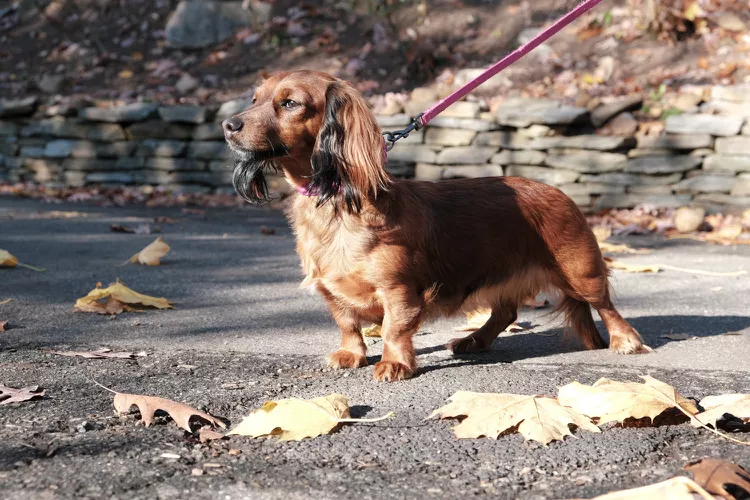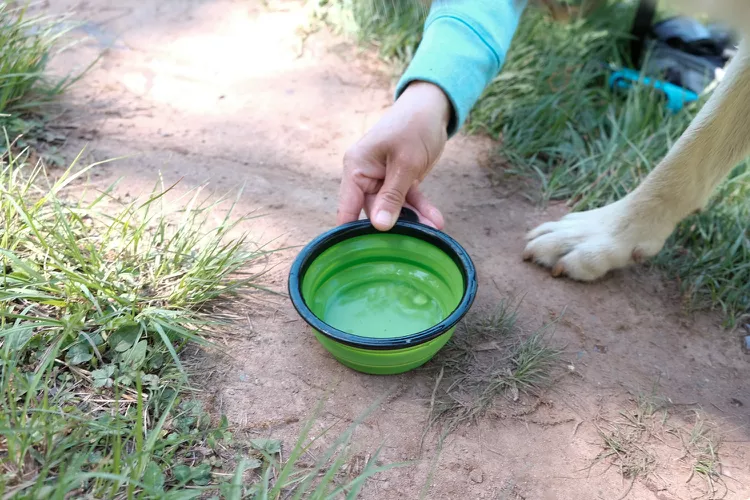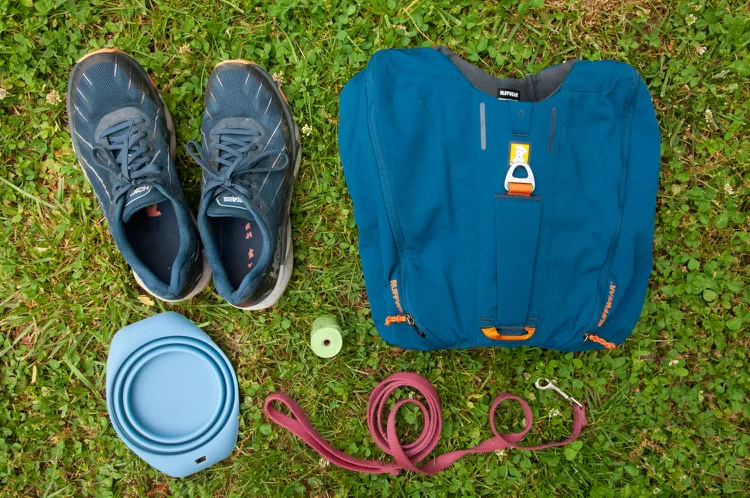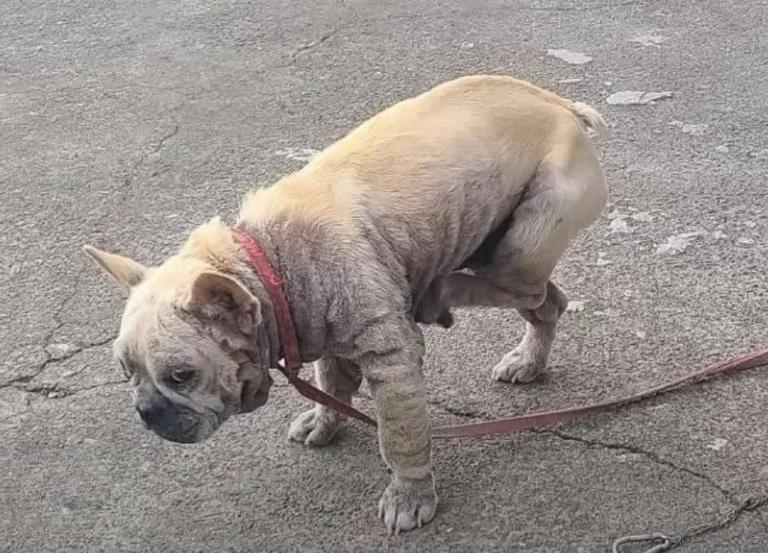Running with your dog can be a rewarding way to improve both your fitness levels and your dog’s well-being. However, before you grab a leash and hit the pavement, it’s important to consider several factors to ensure a safe and enjoyable experience for both of you. Here’s a guide to help you get started and ensure that your runs are fun and worry-free.
Assess Age and Fitness Level

Before you start running with your dog, it’s crucial to evaluate if they are physically ready for it. Certain dogs, such as very small breeds, large breeds, brachycephalic (short-snouted) breeds, older dogs, and young puppies, might not be suitable running partners. For instance, running can be harmful to puppies as their bones and joints are still developing. Most dogs should wait until they are 1-2 years old before engaging in regular running. Consult your vet to determine the right time for your specific dog.
For older dogs, gradual introduction to running is key. They may have less stamina and could be more prone to joint pain or other issues. Consult your vet about safe exercise levels and potential joint supplements to help with recovery.
Socialization and Leash Training

Proper socialization and leash training are essential before you start running with your dog. Ensure your dog is comfortable around people, other animals, and various stimuli they may encounter on a run. If your dog is reactive or fearful, consider dog training classes to address these issues.
Training your dog to run on a loose leash is also important. A dog that pulls or behaves erratically can make running unpleasant and potentially dangerous. Start by teaching your dog to stay by your side and not to pull. Consistent training will help maintain a pleasant running experience.
Gradual Start and Building Endurance
Dogs, like humans, need to build up their endurance. Don’t expect your dog to jump from short runs to long distances immediately. Start with shorter distances and gradually increase the mileage by about 10-20% per week. Most dogs can handle 20-40 miles per week, depending on their age and fitness level.
Warm up before runs with a 10-20 minute walk to loosen up muscles. Ensure your dog is adequately rested between runs to prevent overuse injuries. If you notice any soreness or limping, give your dog extra recovery time and consult your vet if issues persist.
Choose the Right Conditions
Be mindful of the running surfaces and weather conditions. Avoid running on hot pavement or concrete, which can harm your dog’s paws. Opt for grass or dirt trails when possible. Pay attention to the weather as well; extreme temperatures can be uncomfortable or unsafe for your dog. In hot weather, run early in the morning or late in the evening to avoid peak heat, and in cold weather, be aware of how your dog handles the cold.
Use Proper Gear
Avoid using collars that can cause harm, such as choke chains or prong collars. A flat collar with a 6-foot leash is generally suitable, but for more control, especially on trails, a harness might be a better option. For trail running, consider a harness with a waist leash for hands-free running. If your dog is fit enough, you might use a pack for carrying water, but make sure it’s lightweight and doesn’t exceed 10-20% of your dog’s body weight.
Boots can be helpful for rough terrain or extreme weather conditions, but make sure they fit well and your dog is comfortable wearing them.
Hydration and Safety

Monitor your dog’s hydration levels during runs. Offer small sips of water regularly, and bring a collapsible bowl if needed. Be attentive to signs of overheating, such as excessive panting, weakness, or vomiting. If your dog shows any of these signs, find a shaded area, cool them down with water, and seek veterinary care if necessary.
Maintain a Healthy Diet and Weight
Keep your dog’s weight in check to avoid putting extra strain on their joints and muscles. Adjust their food intake based on their activity level and consult your vet to maintain an ideal weight.

Know When to Adjust Expectations
Not all dogs are suited for running. Some breeds and individuals might not have the stamina or physical ability for regular runs. If your dog isn’t enjoying running or seems to struggle, it might be best to adjust your activities or consider other forms of exercise that better suit their needs.
By following these guidelines and paying close attention to your dog’s needs and responses, you can create a positive running experience for both of you.





